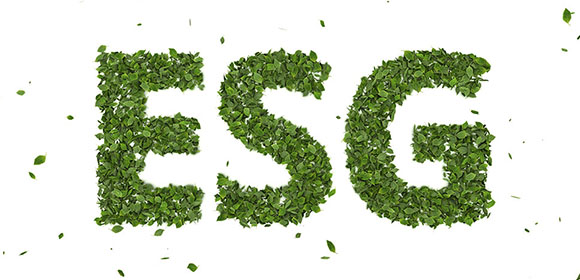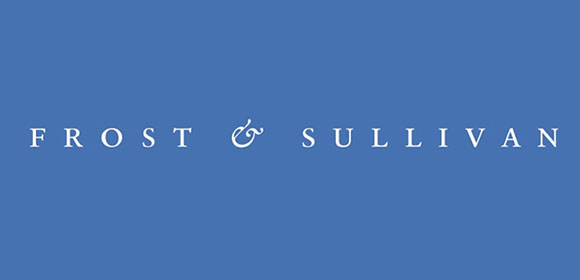
Take a moment and look around. You'll see a lot of paper in every nook and corner. Have you ever wondered what this over-reliance on paper is costing?
Read More
eMudhra gets mentioned as a 'Representative Vendor' in 2022 Gartner? Market Guide for Electronic Signature for its product emSigner for the second time in a row.
Read More
eMudhra is the largest Certifying Authority in India with 37.9% market share in the Digital Signature Certificates market space.
View Frost & Sullivan Report










